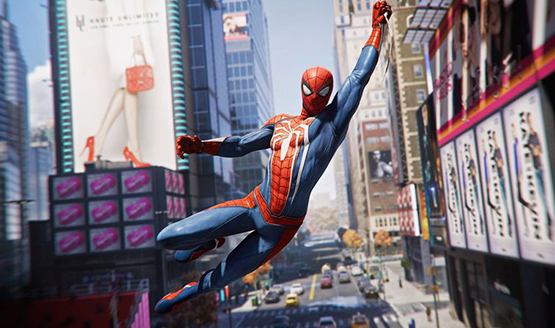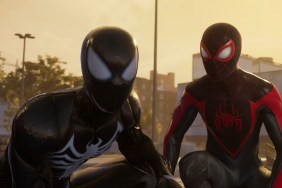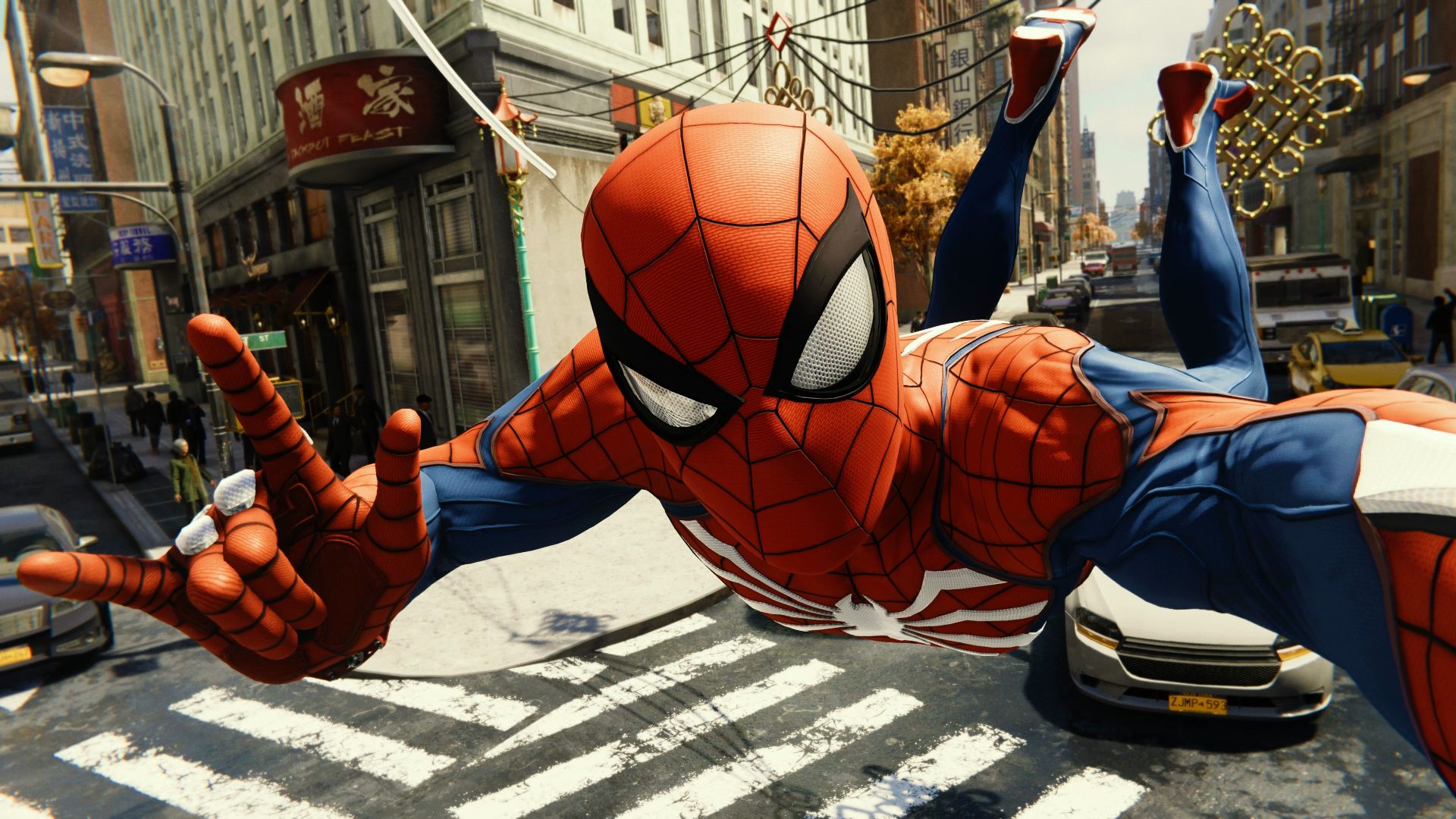
*This article contains some minor spoilers for Spider-Man PS4*
Spider-Man PS4 may well be the first game I have ever played in which I couldn’t get enough of the collectibles. I collected every single backpack, did every single research station, and took a photo of every single landmark all before the end of Act 1. While collectibles in a lot of games are a nuisance that only trophy hunters tend to agonize over, collectibles in Spider-Man are a key part of the game’s charm.
There are a few reasons for this. Firstly, and most importantly, Insomniac perfected the webswinging mechanics. Spidey is so mobile in the game that even aimlessly swinging around the city is something you could be content with doing for hours on end. So, by setting up a whole host of collectibles for the player to find, you’re actually just directing the webswinging. It’s fun when you’ve got nowhere in mind to go; it’s even more fun when you’re rewarded for swinging to certain difficult-to-access locations.
The collectibles all serve their own narrative function, too. Everybody knows that Peter Parker spent years photographing Spidey for the Daily Bugle. Peter Parker in this iteration of the story is a little older, and he’s quit his life as a photographer in order to be Spidey full-time and Doc Ock’s assistant also full-time. However, Spider-Man‘s Photo Mode resides a little closer to home among Spidey fans than the Photo Modes of other games, because it’s an homage to the Peter Parker we all know and love. That’s why the landmark collectibles carry so much weight in the game. It’s also pretty fun to build up speed, triple backflip, and then quickscope a shot of the Empire State Building before you hit the ground. The landmarks also help to familiarize people with Manhattan. All of the landmarks in the game are based on real places, and the map is geographically accurate. If you played enough of the game, you could probably figure out how to get from Central Park to Times Square in real life. Well, you’ll know the rooftop way, at least.
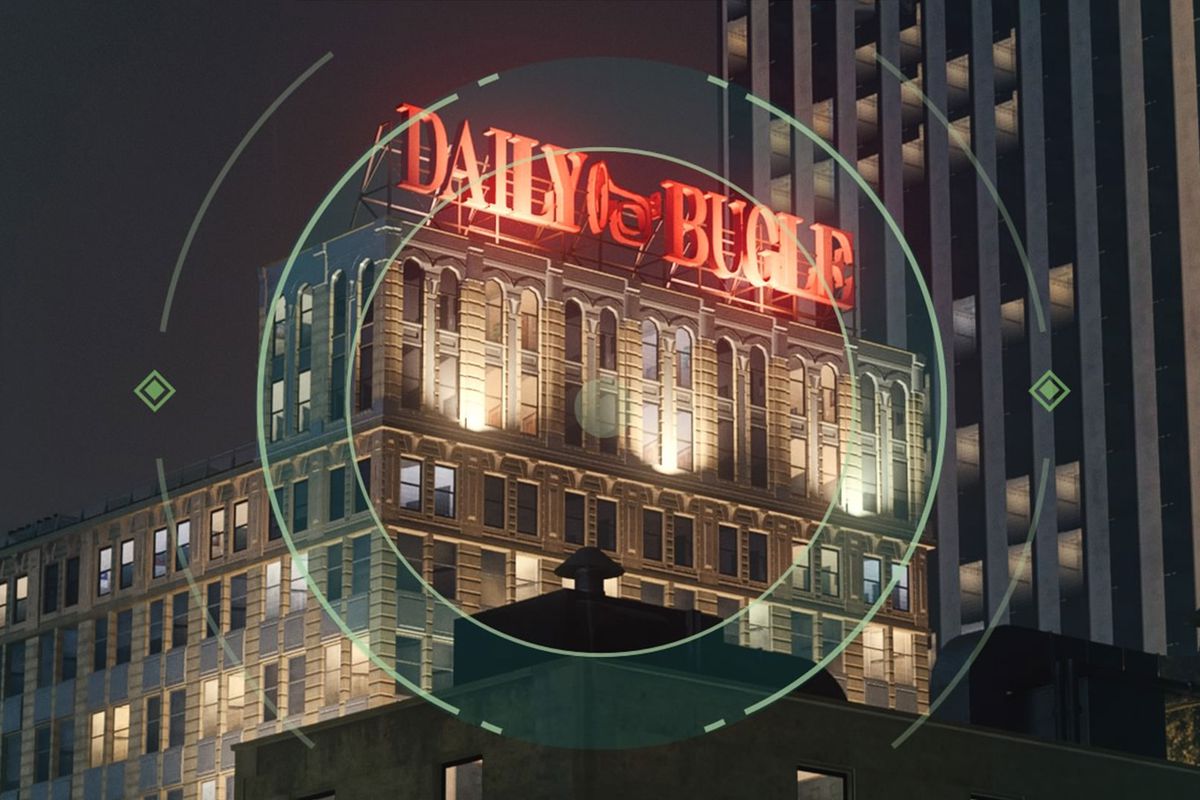
Harry’s Research Stations are really important, too. Harry doesn’t have a physical presence in the game, but he’s such an important part of any Spider-Man story. The Research Stations offer the player their only link to one of the most infamous Spidey characters ever. Although Harry’s absence from the game is explained, and actually serves its own essential narrative function, the Research Stations make sure that he’s present in spirit. Peter’s dedication to tending to the Stations in his best friend’s absence help to align the in-game Peter’s character with a lot of the essential traits of Marvel’s webswinging superhero. The Research Stations offer some pretty fun missions and usually feature unique mechanics, too. As a result, they’re well worth doing, and they help to drastically improve your webswinging, which will come in handy in Act 3. It’s also refreshing to get to know a Harry Osborne that isn’t as batshit cray cray as James Franco.
Finally, the backpacks. There are 55 in total, and each one contains some memorabilia from Peter’s past. Any given backpack could contain anything from a note from a date with MJ to a chunk of Rhino’s armor. However, each backpack’s contents yields a voice line from Peter. Therefore, players who are less familiar with the world can learn a lot about Peter’s relationships with other characters from locating and opening these backpacks. Also, they are without a doubt the most fun collectible to collect in any game I’ve ever played. Swinging across Manhattan in order to get to that green beam and then Spidey crawling down the side of a building is just way cool. These moments made me feel more like Spider-Man than the ones where I was stopping crime and being a good dude.
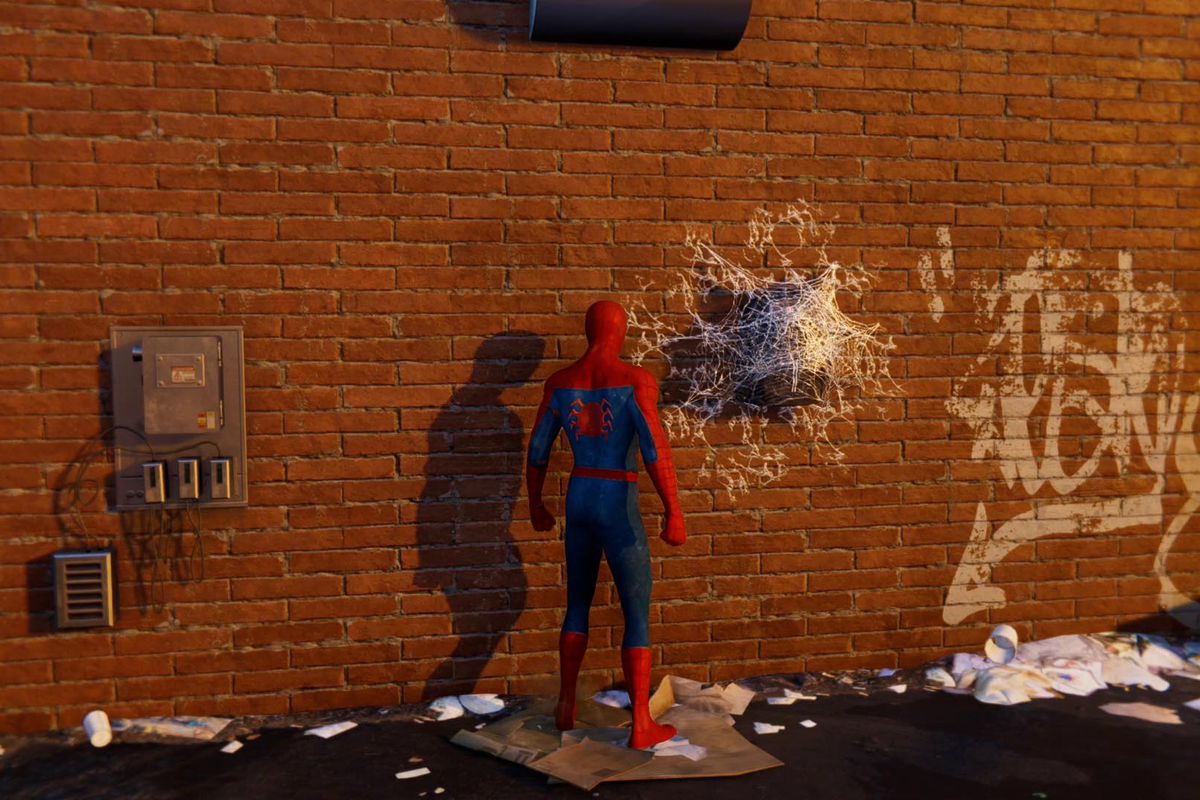
The collectibles in Spider-Man don’t feel like a grind. They’re actually fun to get, because they’re not just things that you pick up off the ground. They’re items that you need to swing to, and swinging is just so fun. They all serve their own form of narrative function, too, and all of them reward the player with Tokens. Backpack Tokens, Landmark Tokens, and Research Tokens can all be exchanged for suits, gadgets, and other assets that will help Spidey throughout the game. Although the Base Tokens and Challenge Tokens are usually needed for the more high-brow equipment, it’s pretty cool that the collectibles are fun to collect and actually hold value as an in-game currency.
Although there are Criminal Bases—Construction Sites, Demon Warehouses, Sable Outposts, and Prisoner Camps—they’re less of a traditional collectible than the ones I’ve talked about here. However, they follow the same principles as the other—they make sense in relation to the story and enable the player to unlock some pretty cool loot. By the time you’ve collected most of the collectibles, you’ll be way OP and you’ll get to feel like a real superhero. Sniper bullet? Dodged. Rocket coming straight for me? How about I web it and send it flying back to you? Ridiculous, really, but when you suspend your disbelief and embrace how incredible Spider-Man is as a story, you’re going to have a whale of a time.
Spider-Man made me want to collect collectibles. If that’s not a sign of a good game, then I’m not quite sure what is.

